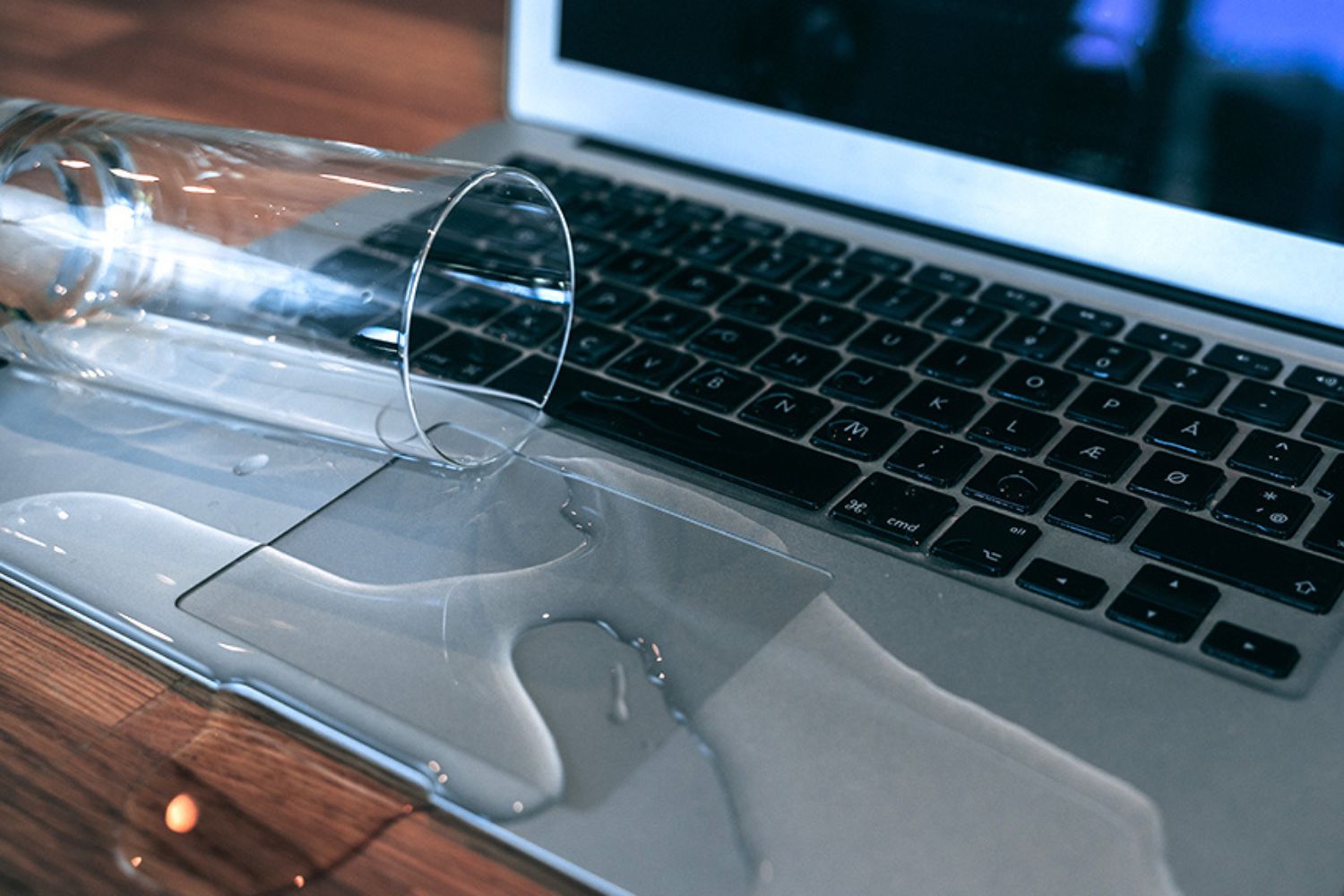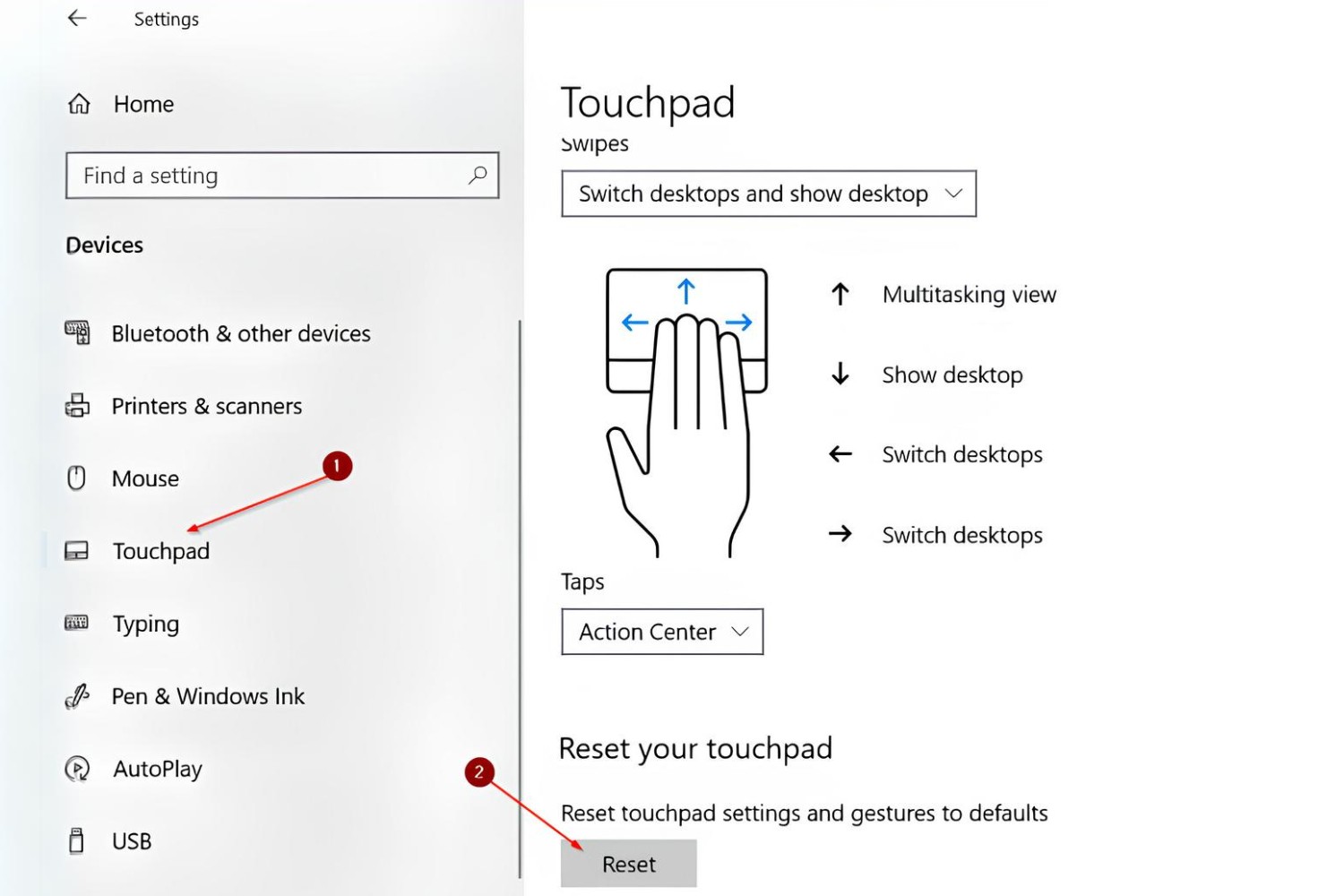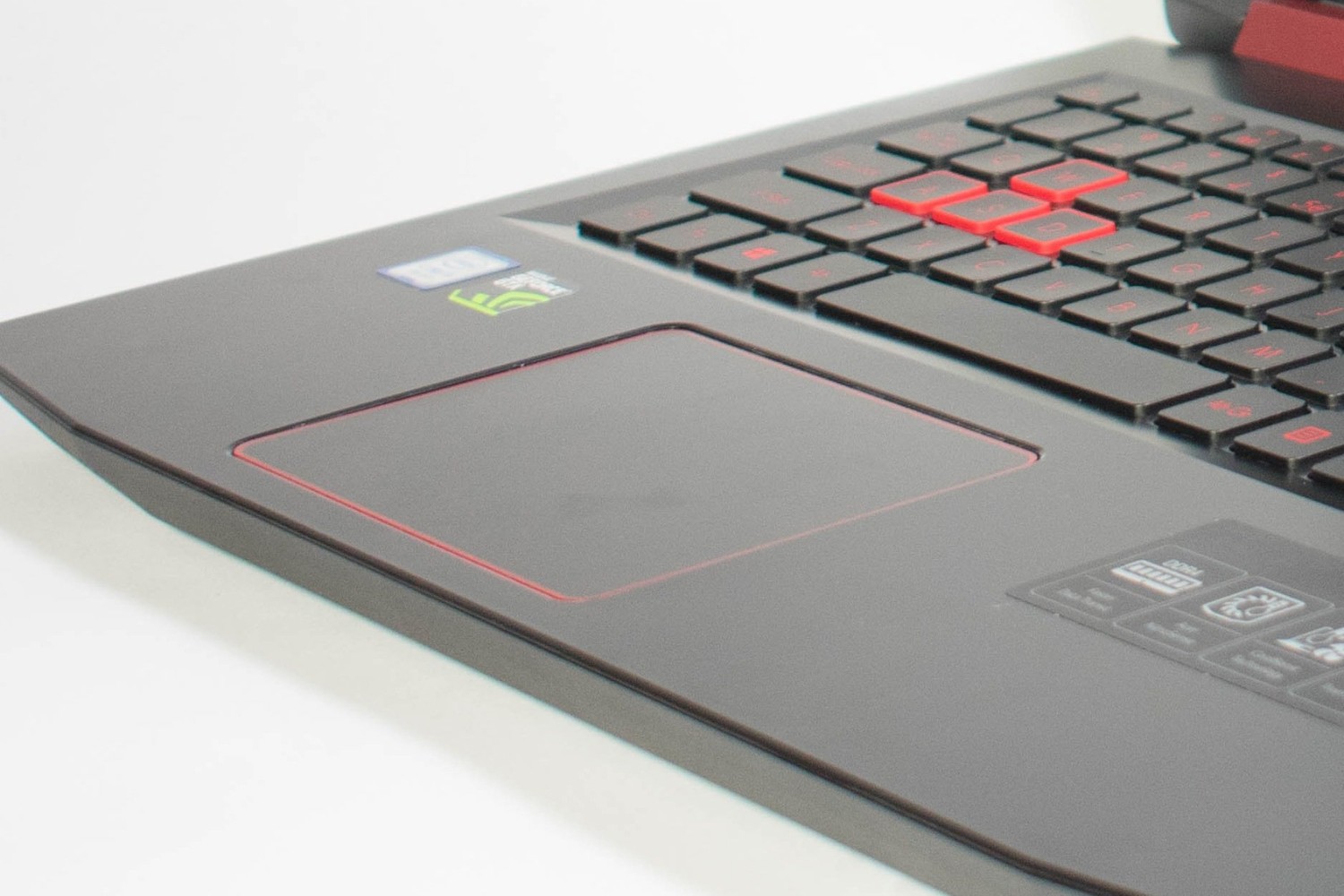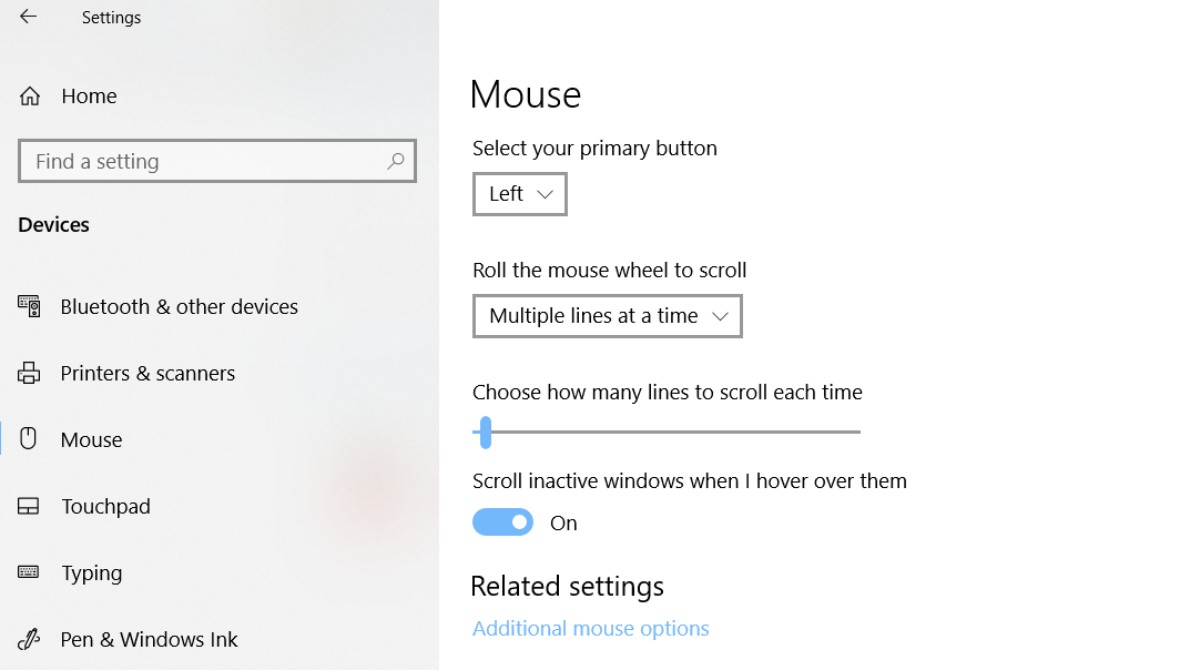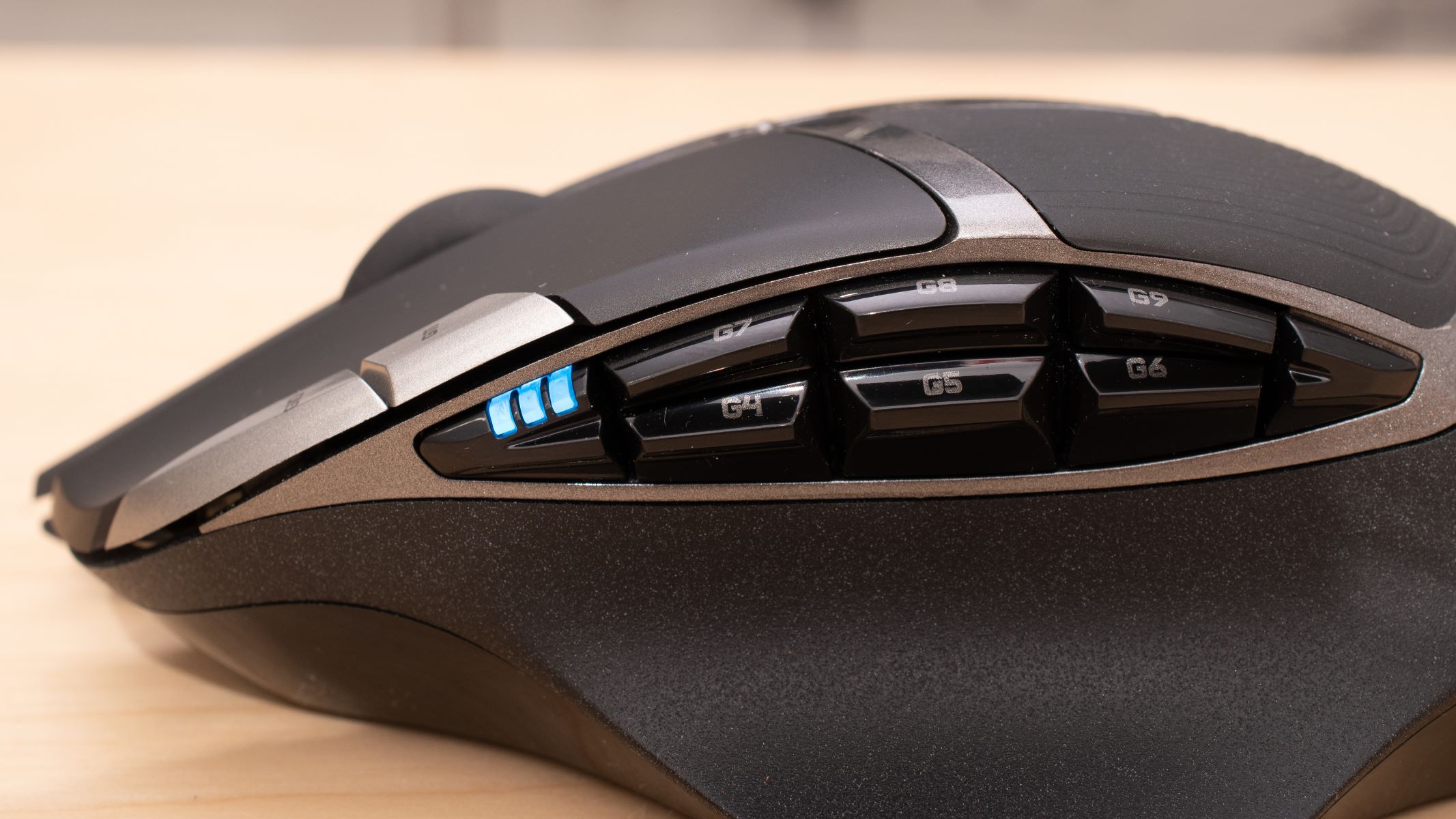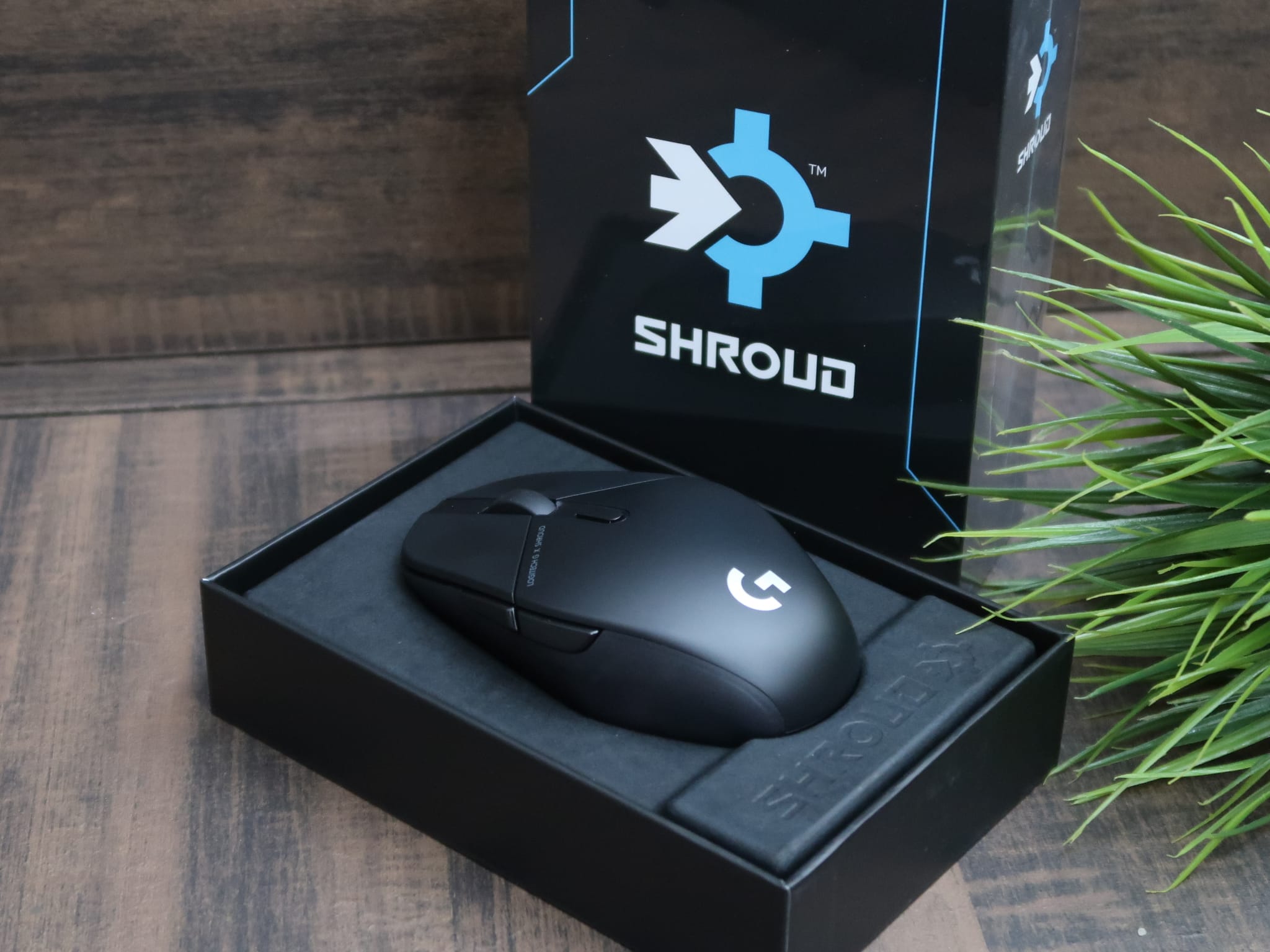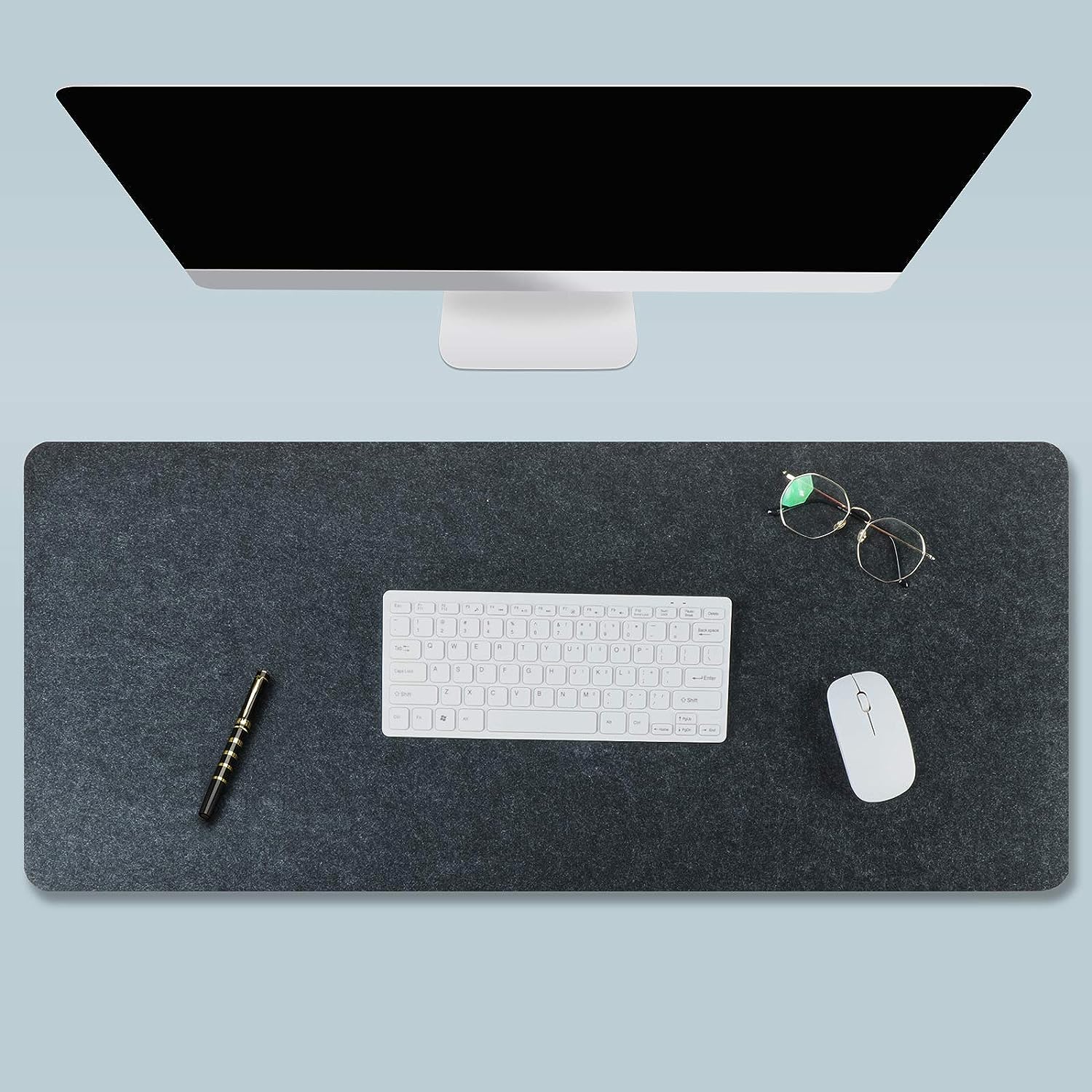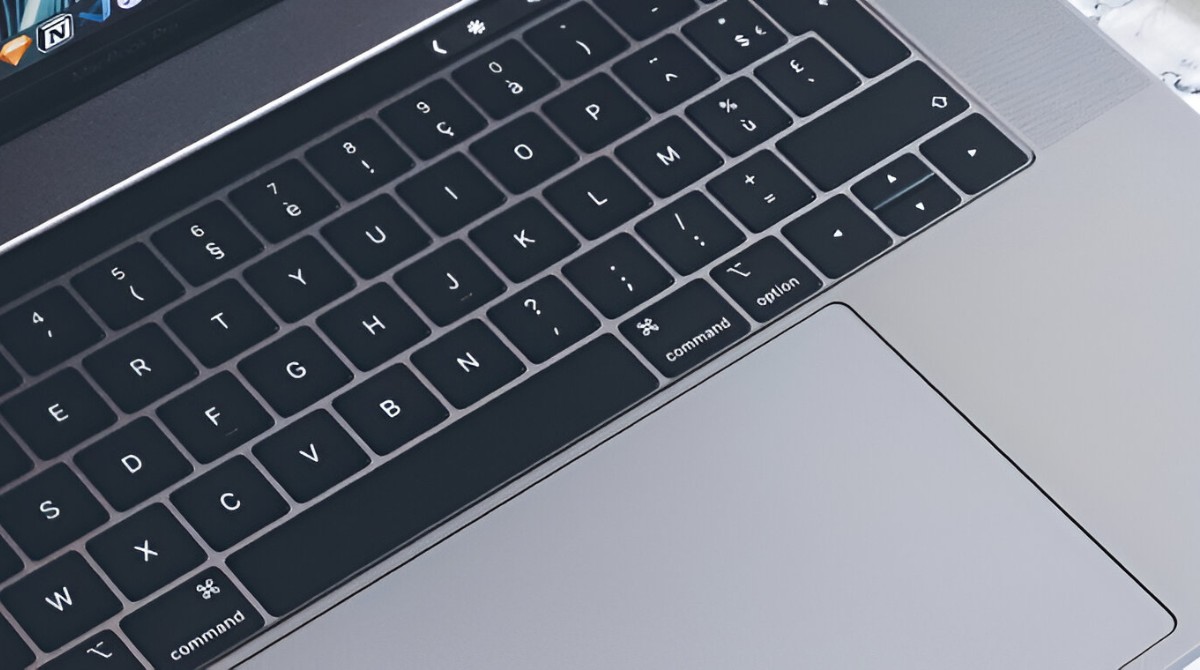Introduction
Introduction
Water spills are a common mishap that can occur in any workspace. Whether it's a small droplet or a larger spill, water on your mouse pad can be a nuisance. However, with the right approach, you can effectively address this issue and prevent any potential damage to your mouse pad or the surface it rests on. In this guide, we will explore the steps to take when water gets on your mouse pad, from assessing the damage to implementing preventive measures.
A wet mouse pad can lead to decreased sensitivity and responsiveness, making it challenging to navigate your computer with precision. Additionally, if the water seeps through the pad, it can damage the underlying surface, such as a wooden desk or a glass tabletop. Therefore, it's crucial to act swiftly and methodically to mitigate any potential harm.
By following the steps outlined in this guide, you can restore your mouse pad to its optimal condition and minimize the risk of future water-related incidents. Let's delve into the process of assessing the damage, cleaning the mouse pad, drying it effectively, and implementing preventive measures to safeguard it from future water exposure. With these strategies at your disposal, you can maintain a functional and resilient mouse pad, ensuring a smooth and efficient computing experience.
Assessing the Damage
When water comes into contact with your mouse pad, it’s essential to promptly assess the extent of the damage to determine the appropriate course of action. The severity of the situation can vary based on factors such as the amount of water, the material of the mouse pad, and the underlying surface. Here’s how you can effectively evaluate the damage:
-
Extent of Moisture: Begin by examining the level of moisture on the mouse pad. If the water spill is minimal, the damage may be limited to surface wetness. However, a larger spill could result in saturation, potentially affecting the pad’s functionality and the surface beneath it.
-
Material Assessment: Consider the composition of the mouse pad. While some materials are more resilient to water exposure, others may be prone to warping, discoloration, or degradation. Assessing the material will guide your approach to cleaning and drying.
-
Surface Inspection: Inspect the underlying surface, such as a desk or tabletop, for any signs of water seepage. If the water has permeated the pad and reached the surface, it’s crucial to address both the pad and the affected area to prevent lasting damage.
By thoroughly evaluating these key aspects, you can gain a clear understanding of the damage caused by the water spill. This assessment will inform your subsequent steps, ensuring that you address the specific issues at hand with precision and effectiveness.
Cleaning the Mouse Pad
Once you’ve assessed the damage caused by the water spill, the next crucial step is to initiate the cleaning process to restore your mouse pad to its optimal condition. Cleaning a wet mouse pad requires careful attention to prevent further damage and ensure thorough removal of moisture. Here’s a systematic approach to effectively clean your mouse pad:
-
Gentle Removal of Debris: Begin by gently removing any visible debris or particles from the surface of the mouse pad. Use a soft brush or a lint-free cloth to delicately sweep away any dirt or residue, preparing the pad for the cleaning process.
-
Mild Cleansing Solution: Prepare a mild cleansing solution by mixing a small amount of gentle liquid soap or dish detergent with lukewarm water. Avoid using harsh chemicals or abrasive cleaners, as they can damage the material of the mouse pad.
-
Spot Cleaning: Dampen a soft cloth with the prepared cleansing solution and carefully spot-clean the affected areas of the mouse pad. Gently dab the cloth on the surface to lift any stains or residual moisture, taking care not to oversaturate the pad.
-
Rinsing and Drying: After spot cleaning, use a separate cloth dampened with clean water to rinse the mouse pad, removing any soapy residue. Once rinsed, gently pat the pad with a dry cloth to absorb excess moisture.
Following these steps will help effectively cleanse the mouse pad and remove any lingering moisture or stains caused by the water spill. It’s important to prioritize gentle cleaning methods to preserve the integrity of the pad and prevent damage during the cleaning process.
Drying the Mouse Pad
After cleaning the mouse pad, the drying process is crucial to ensure that all residual moisture is effectively removed, preventing potential damage and the development of mold or mildew. Proper drying techniques will help restore the mouse pad to a functional state. Here’s how to effectively dry your mouse pad:
-
Air Drying: Lay the mouse pad flat on a clean, dry surface in a well-ventilated area. Avoid exposing it to direct sunlight or heat sources, as excessive heat can damage certain materials. Allowing the pad to air dry naturally is an effective and gentle method.
-
Patience and Time: Depending on the material and the extent of moisture, the drying process may take some time. Exercise patience and allow the mouse pad to dry thoroughly before returning it to use. Hastening the process with heat can compromise the integrity of the pad.
-
Periodic Position Changes: During the drying process, periodically flip the mouse pad to ensure that both sides receive adequate airflow. This rotation will facilitate uniform drying and prevent any residual moisture from being trapped within the pad.
-
Touch Sensitivity Test: Before returning the mouse pad to your workspace, perform a touch sensitivity test to ensure that it is completely dry. Gently press your fingers on different areas of the pad to confirm that there is no lingering dampness.
By employing these drying techniques, you can effectively eliminate any remaining moisture from the mouse pad, safeguarding it against potential damage and ensuring that it is ready for use. Prioritizing gentle, natural drying methods will help preserve the integrity and functionality of the pad.
Preventing Future Damage
After addressing a water spill on your mouse pad, implementing preventive measures can help minimize the risk of future damage and maintain the longevity of the pad. By taking proactive steps, you can safeguard your mouse pad from potential water exposure and preserve its functionality. Here are effective strategies to prevent future damage:
-
Use of Waterproof Cover: Consider using a waterproof cover or a desk pad to provide an additional layer of protection for your mouse pad. These covers can shield the pad from accidental spills and moisture, reducing the likelihood of direct water contact.
-
Regular Maintenance: Incorporate regular maintenance routines to keep your workspace clean and dry. Wiping down the desk or tabletop where the mouse pad is placed can prevent water accumulation and minimize the risk of spills affecting the pad.
-
Hydration Awareness: Stay mindful of beverages and water bottles near your workspace, especially when using electronic devices. Placing drinks in spill-resistant containers and maintaining a safe distance from the mouse pad can mitigate the risk of accidental spills.
-
Immediate Action: In the event of a water spill, promptly address the situation by removing the mouse pad from the affected area and initiating the drying process. Swift action can prevent prolonged exposure to moisture and minimize potential damage.
By integrating these preventive measures into your workspace habits, you can significantly reduce the likelihood of water-related damage to your mouse pad. Proactive protection and vigilance can contribute to the prolonged durability and functionality of the pad, ensuring a reliable computing experience.







